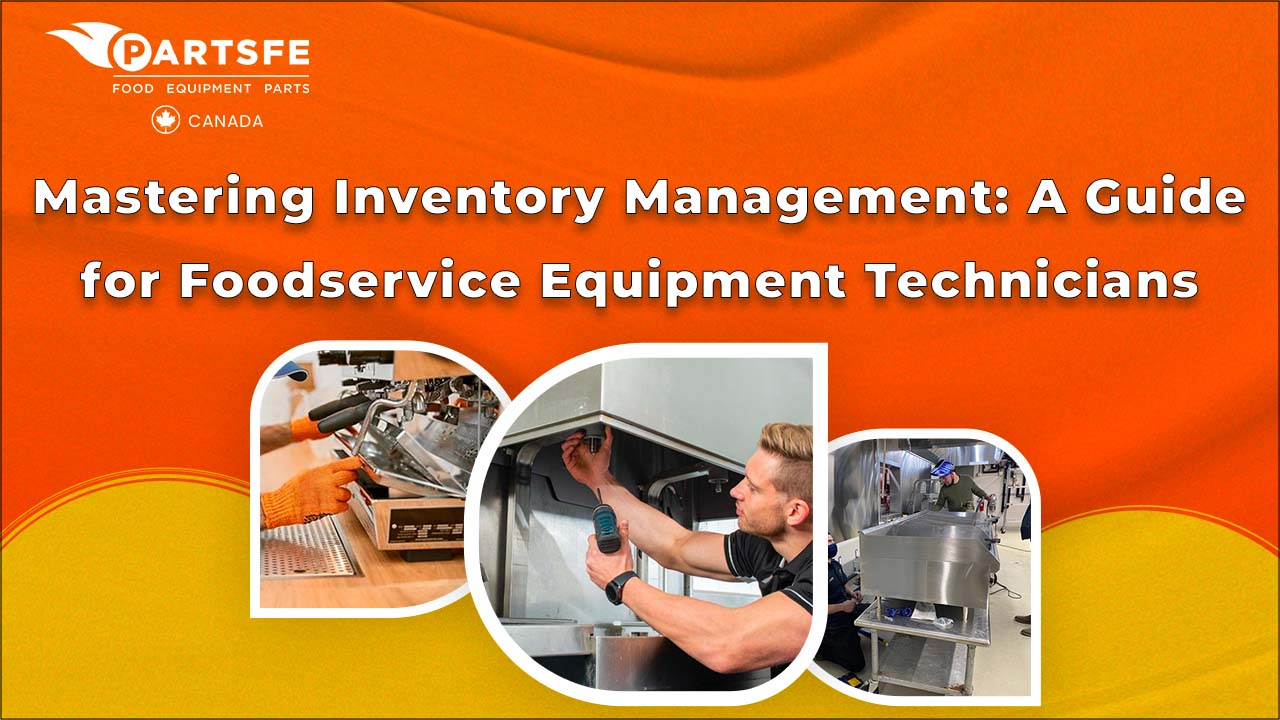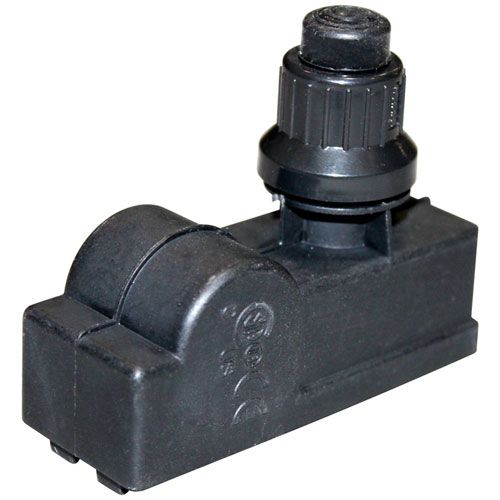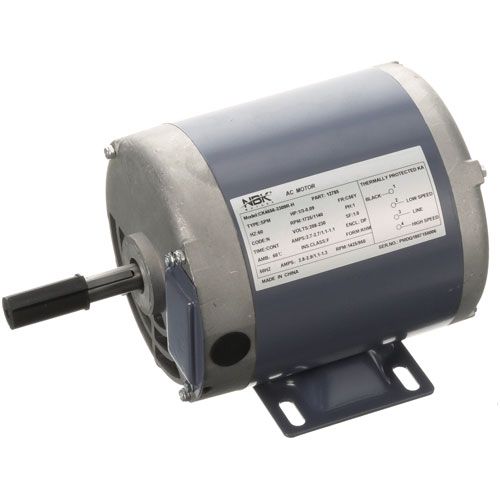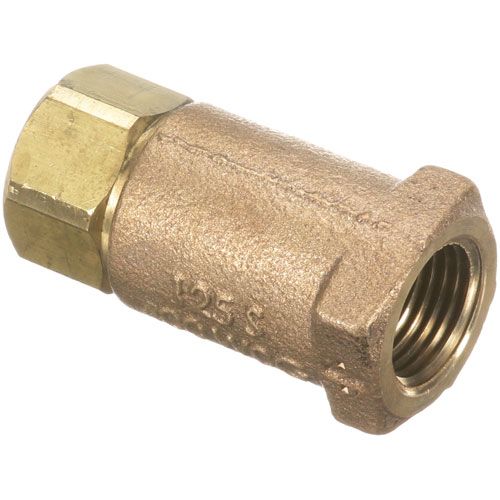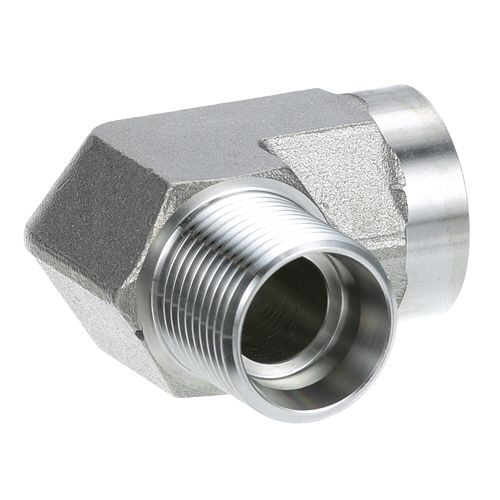Mastering Inventory Management: A Guide for Foodservice Equipment Technicians
In the fast-paced world of foodservice, efficiency and organization are essential to ensuring the smooth operation of any kitchen or dining facility. Among the many critical aspects of foodservice operations, inventory management plays a pivotal role in keeping everything running efficiently. For foodservice equipment technicians, mastering inventory management can significantly reduce downtime, lower costs, and enhance customer satisfaction.
In this comprehensive guide, we will explore the best practices, tools, and strategies for effective inventory management tailored to the unique needs of foodservice equipment technicians.
The Importance of Effective Inventory Management in Foodservice
In the foodservice industry, where kitchens are often under high pressure to deliver quality meals quickly, inventory management can make or break operations. Equipment failures, improper stock levels, or delayed parts can lead to downtime, affecting not only the technicians but also the entire team and customer experience.
Reducing Equipment Downtime
When equipment breaks down, prompt repairs are crucial. However, if the necessary parts are unavailable or misplaced, repairs could take longer than expected. By maintaining a well-organized inventory of parts and tools, foodservice equipment technicians can minimize downtime and ensure that kitchens stay operational.
Minimizing Costs
Effective inventory management helps prevent over-ordering or under-ordering of parts. Overstocking can lead to unnecessary expenses, while understocking can result in missed opportunities to perform repairs or maintenance. Properly managing inventory ensures that you can balance these costs and optimize your operations.
Enhancing Service and Customer Satisfaction
Foodservice businesses rely on fast and reliable service. A technician who has quick access to the right parts and tools is able to resolve issues efficiently, ultimately reducing service disruptions. This contributes to higher customer satisfaction, whether the customer is dining in a restaurant or relying on food delivery services.
At PartsFe Canada, we provide a seamless online shopping experience for all your commercial restaurant equipment needs. From griddle parts and oven components to refrigeration parts, dishwasher accessories, and fryer parts, we have everything to keep your kitchen running smoothly. Shop with confidence for burners, motors, and thermostats—delivered directly to your door.
Key Principles of Inventory Management
To successfully manage inventory in foodservice, technicians need to understand and apply several key principles. These principles act as the foundation for streamlining inventory processes and ensuring that everything is in its proper place.
Accurate Stock Tracking
Having an accurate, real-time record of your inventory is the first step in mastering inventory management. This includes knowing what parts, tools, and equipment are in stock, where they are located, and when they need to be replenished.
-
Software Solutions: Utilize inventory management software to track your stock levels and monitor usage trends. These tools can help you identify which items are being used frequently, which ones are collecting dust, and where there might be potential shortages.
-
Barcode Scanning: Barcode scanners can drastically improve accuracy and reduce human error in tracking inventory. When used in conjunction with inventory management software, barcode scanning allows for easy stock counts and updates.
Regular Stock Audits
Routine audits are crucial for maintaining an accurate inventory. Conducting regular physical counts allows you to verify that your digital records align with the actual stock levels. This practice helps identify discrepancies, misplaced items, or even items that are damaged or expired.
-
Scheduled Audits: Schedule audits at regular intervals (e.g., weekly, monthly) to keep the system up to date. This also helps technicians stay familiar with the layout and organization of their inventory.
-
Cycle Counting: Instead of conducting a full inventory count once a year, consider cycle counting—an ongoing process where small sections of your inventory are counted periodically throughout the year. This helps catch errors early and makes the process more manageable.
Categorization and Organization
Proper categorization is essential for quick access to the items you need when you need them. Organizing your inventory based on item type, frequency of use, or part category can help save time during maintenance or repairs.
-
Group Similar Items: Group parts and tools by category, such as electrical components, plumbing supplies, or mechanical parts. This organization allows for faster identification and retrieval, reducing time spent searching.
-
Labeling: Clearly label shelves and bins with item names, part numbers, and other relevant information. Labeling makes it easier to locate items and reduces the likelihood of misplacing them.
-
FIFO (First In, First Out): Always use the FIFO method for perishable items, like cleaning supplies, lubricants, and other consumables. This ensures that older items are used first, reducing waste and preventing expired products from accumulating.
Efficient Reordering Processes
Knowing when and how to reorder parts and equipment is a critical aspect of inventory management. Running out of crucial parts can lead to significant downtime, while overstocking can tie up capital unnecessarily.
-
Set Par Levels: Establish par levels for each item in your inventory. Par levels are the minimum quantity of each item you should have on hand at any given time. When inventory reaches this threshold, it's time to reorder.
-
Automated Reordering: Many inventory management software systems offer automated reordering features. These systems can track your stock levels and automatically place an order when quantities drop below the par level. This helps technicians stay ahead of supply needs without constantly checking stock.
-
Supplier Relationships: Develop strong relationships with suppliers who can provide quick deliveries or offer emergency stock replenishment. Having reliable suppliers ensures that you can restock inventory without unnecessary delays.
Also read on: How to Calculate CFM for Optimal Commercial Kitchen Ventilation
The Role of Technology in Inventory Management
The use of technology has revolutionized inventory management in various industries, and foodservice is no exception. By leveraging advanced tools and software, foodservice equipment technicians can streamline their inventory management processes.
Inventory Management Software
There are a variety of inventory management software options available that are tailored to the needs of foodservice technicians. These systems enable real-time tracking, reporting, and forecasting, ensuring that technicians have the tools they need to perform their job efficiently.
-
Cloud-Based Solutions: Cloud-based software allows for remote access to inventory data, making it easier for technicians to check stock levels or order parts on the go. This flexibility is particularly useful for those managing multiple service locations.
-
Integration with Other Systems: Some inventory management software integrates seamlessly with other systems like work order management or asset tracking. This holistic approach ensures that technicians have all the relevant information in one place.
Mobile Technology
Mobile technology is a game changer for foodservice equipment technicians. With mobile apps, technicians can access inventory data from their smartphones or tablets, allowing them to manage inventory and order parts from anywhere.
-
Real-Time Updates: Technicians can use mobile apps to update inventory levels in real-time, so everyone involved in the process is working with the most up-to-date information.
-
GPS Tracking for Deliveries: GPS-enabled apps can track deliveries in real time, giving technicians precise information about when new stock is expected to arrive.
Predictive Analytics
Advanced inventory management systems can leverage predictive analytics to forecast demand based on historical data. These insights allow technicians to anticipate inventory needs more accurately, reducing the risk of stockouts or overstocking.
Data-Driven Decisions: By analyzing trends, these systems can predict which parts or equipment are most likely to be needed in the near future, allowing technicians to plan ahead and make informed purchasing decisions.
Check out: Restaurant Technology: Predicting the future in the year 2030
Overcoming Common Inventory Management Challenges
While inventory management is critical, foodservice equipment technicians face several challenges in maintaining an efficient system. Recognizing these challenges and knowing how to overcome them is key to achieving success.
Lack of Proper Training
A common issue in inventory management is a lack of training for staff. Without the proper knowledge of inventory management best practices, technicians may struggle to track stock effectively or follow procedures consistently.
Training Programs: Provide ongoing training for technicians on inventory management systems, auditing processes, and organization methods. This ensures that everyone is aligned and understands their role in the process.
Inefficient Stockroom Layout
A poorly organized stockroom can significantly hinder a technician's ability to find the parts they need quickly. This can lead to unnecessary delays and lost productivity.
Optimize Layouts: Regularly review and optimize the layout of your stockroom to ensure that parts and tools are easy to access. Frequently used items should be stored in easily reachable areas, while less commonly used items can be stored in harder-to-reach locations.
Inaccurate Data Entry
Manual data entry is prone to errors, and inaccurate data can lead to misinformed decisions about stock levels. This can result in stockouts, overstocking, and other inventory-related problems.
Automate Data Entry: Use barcode scanners or RFID technology to automate data entry and reduce human error. This ensures that the information in your inventory management system is always accurate.
Also read on: Restaurant Equipment Trends to Watch for in the Foodservice Industry
The Path to Mastering Inventory Management
Mastering inventory management is a continuous process that requires attention to detail, organization, and the effective use of technology. For foodservice equipment technicians, an efficient inventory management system is vital to reducing downtime, cutting costs, and enhancing overall service. By implementing accurate tracking, regular audits, proper categorization, and leveraging advanced tools, technicians can stay ahead of inventory challenges and contribute to a more streamlined and efficient foodservice operation.
By understanding the key principles of inventory management and consistently applying them, foodservice equipment technicians can ensure that they are always prepared to tackle their daily tasks with precision and ease.

